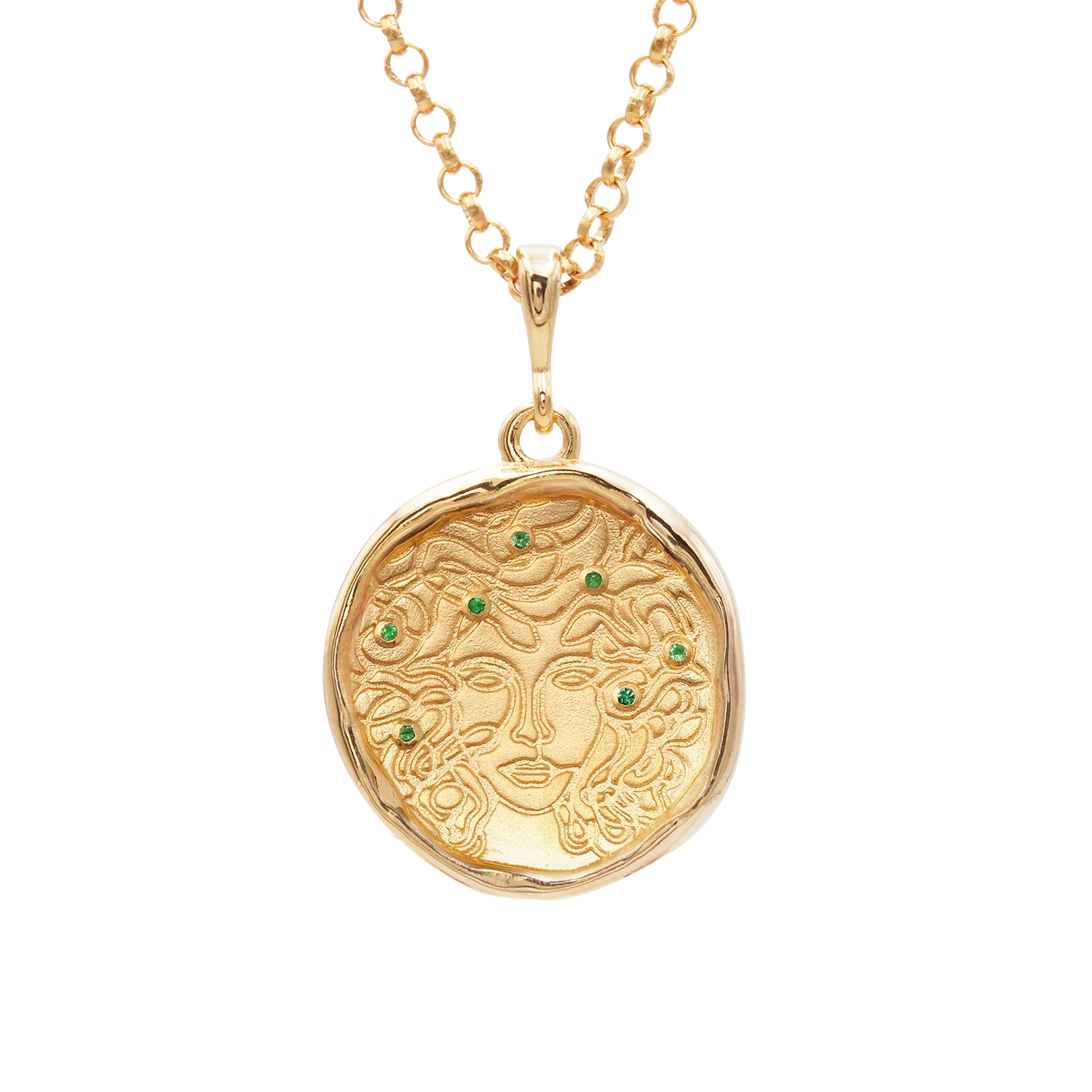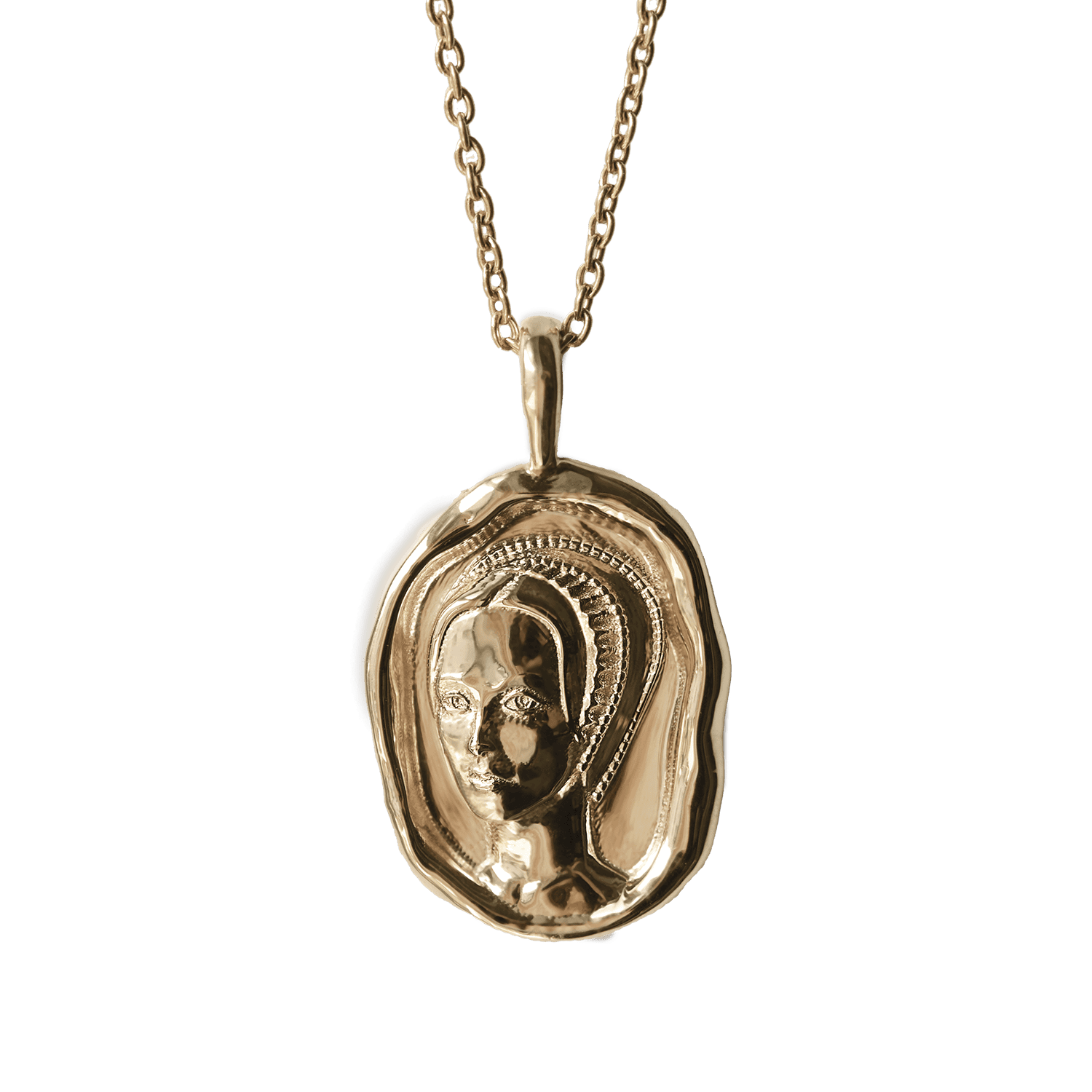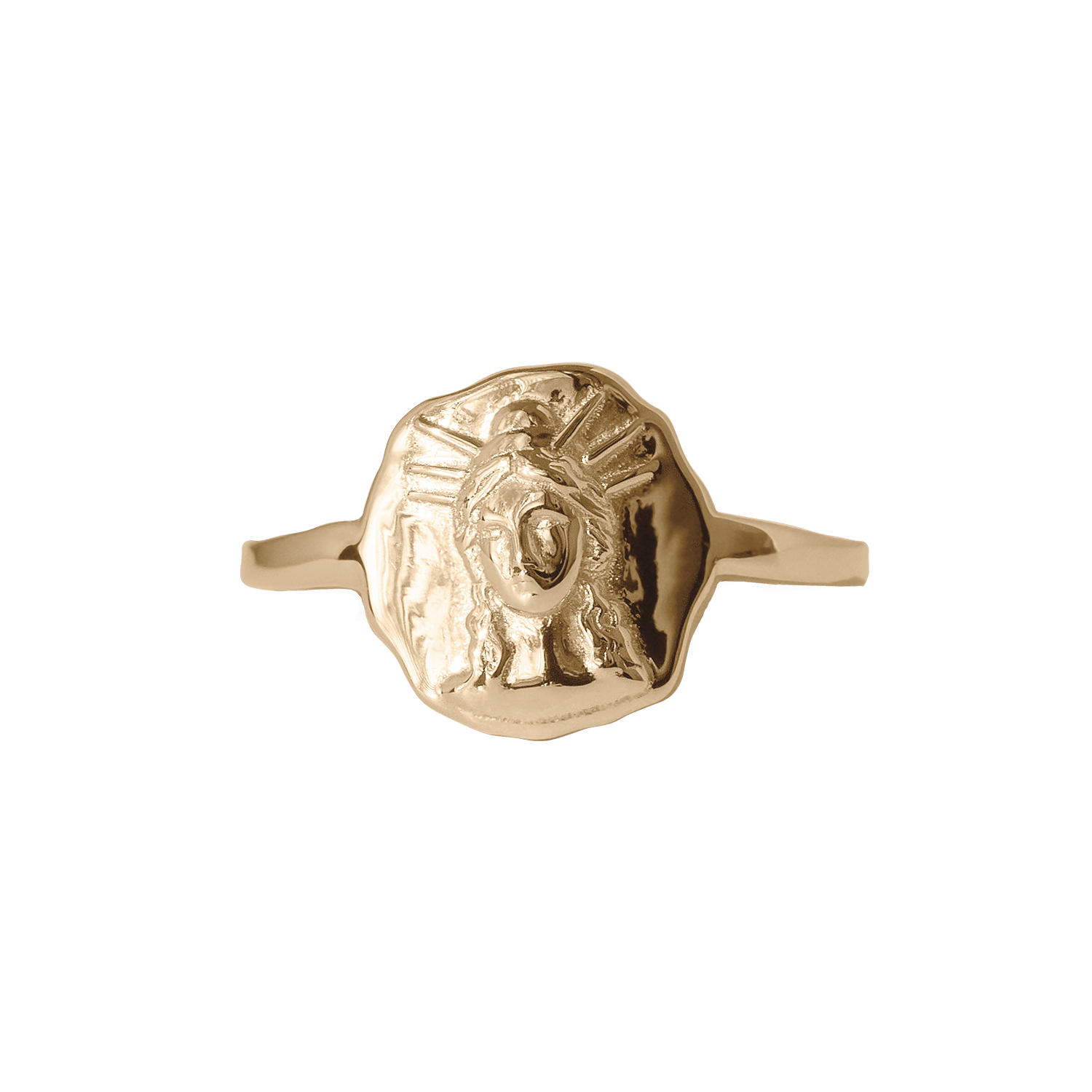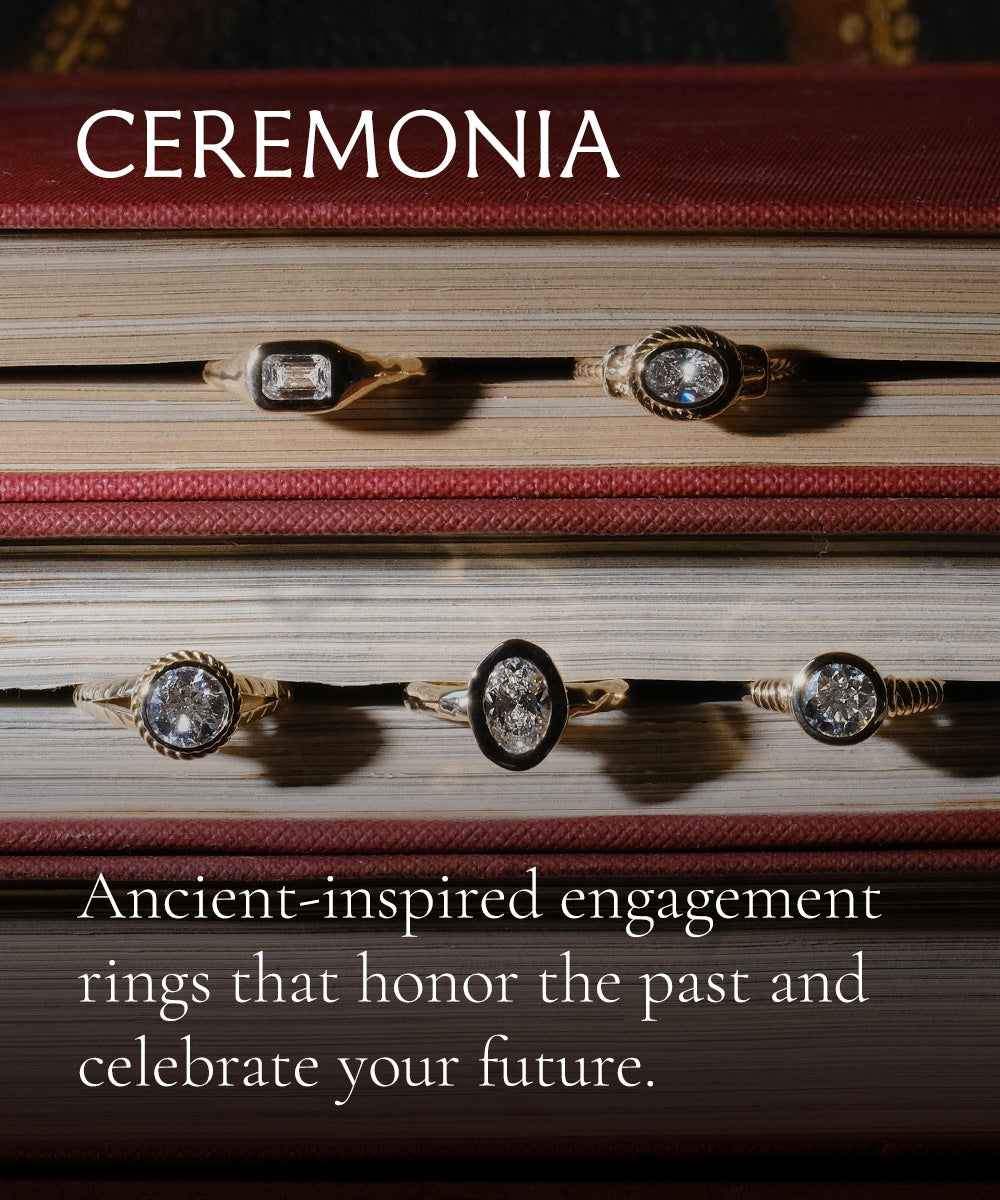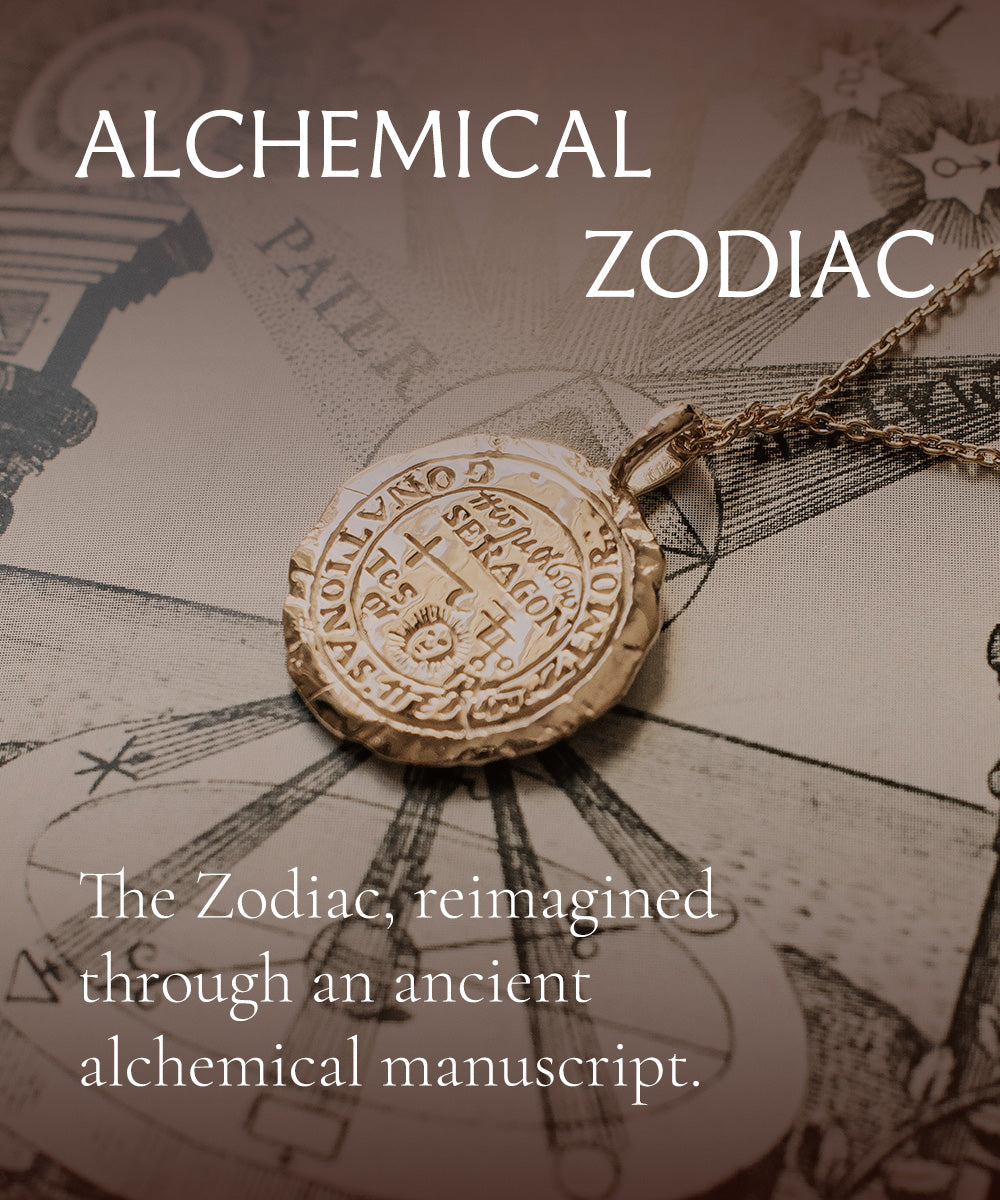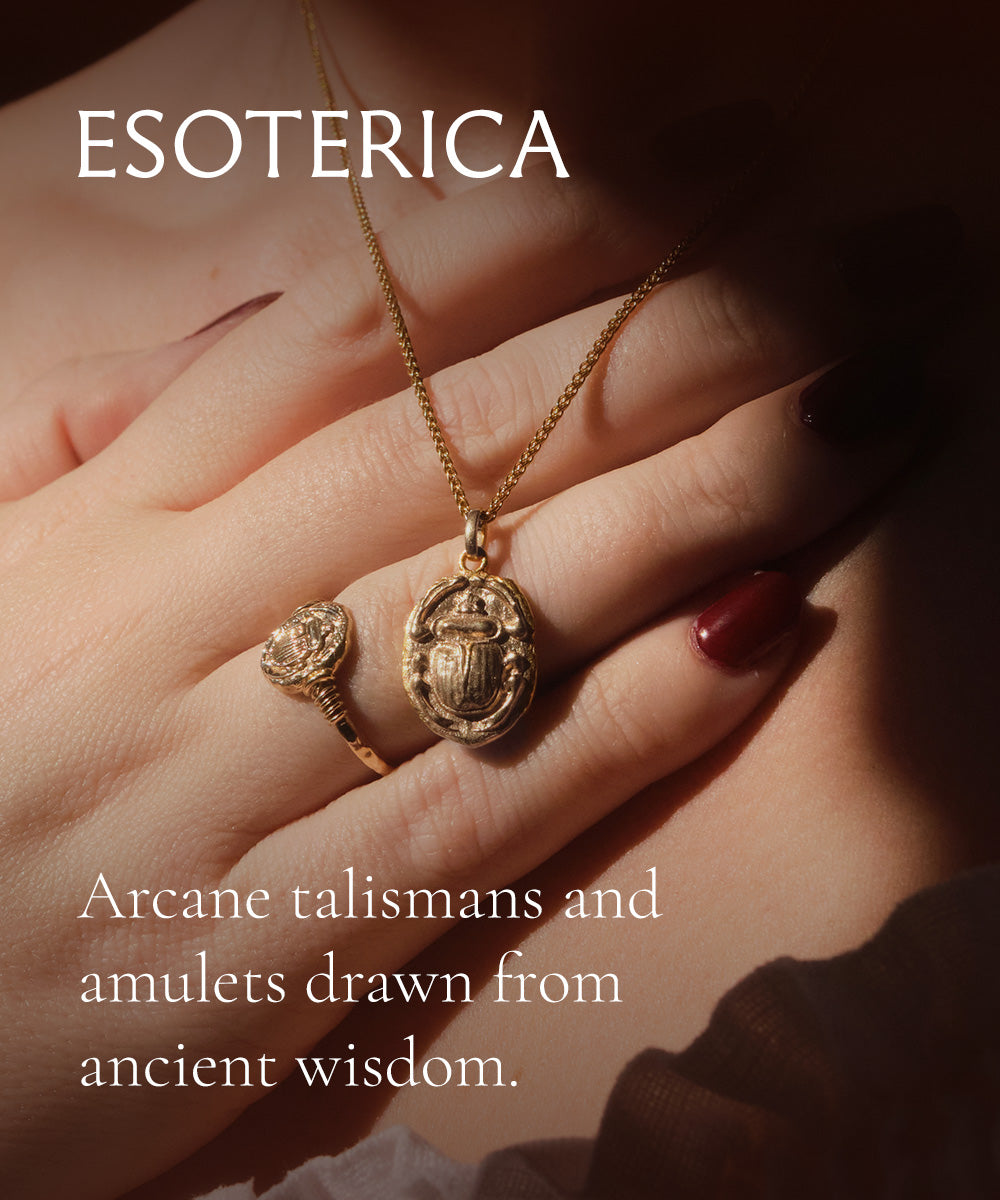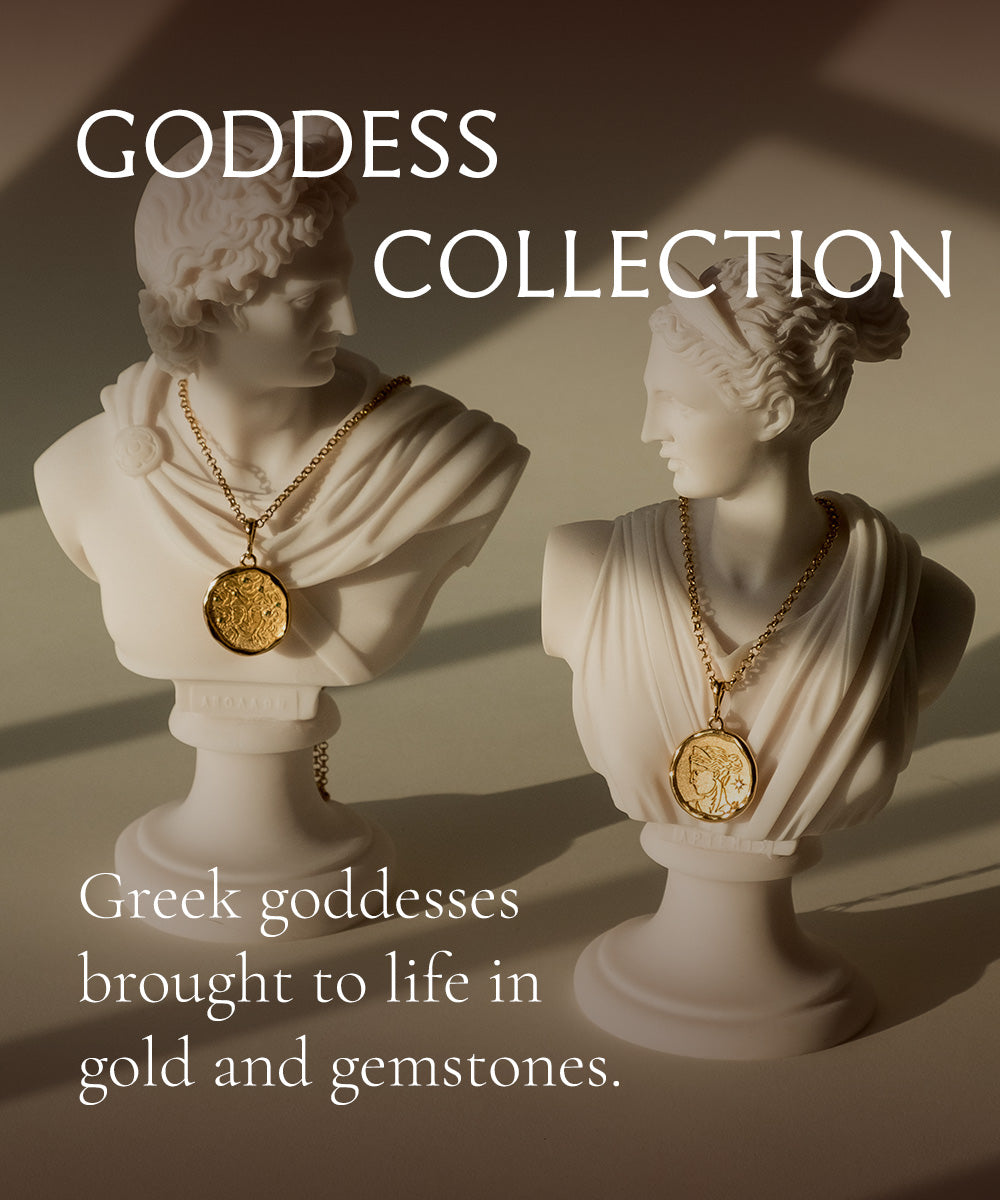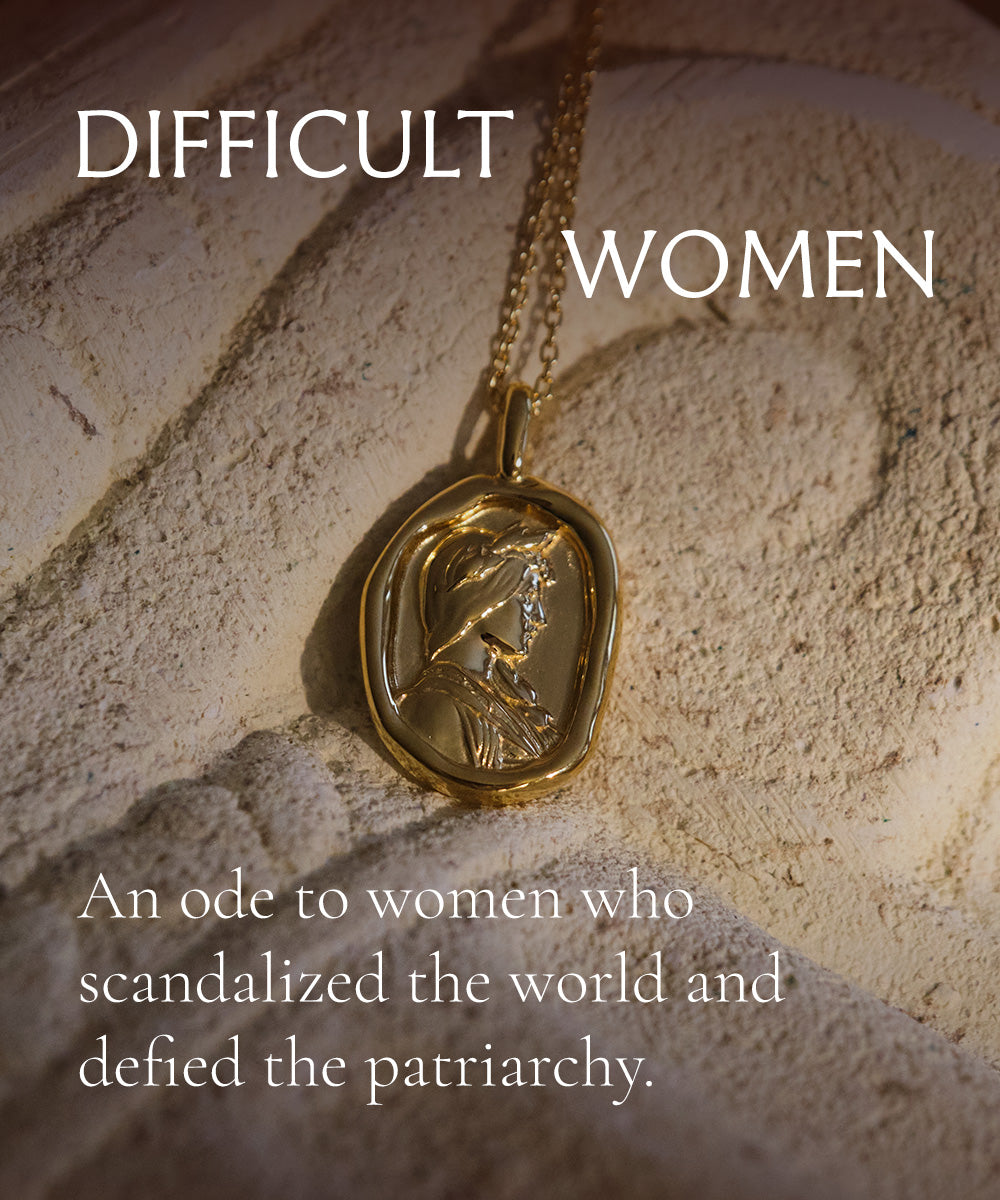Mourning Rings
Memento Mori rings, and other sorts of macabre jewelry, have been popular in Europe particularly for many generations. An offshoot of this trend in the 17th century was mourning jewelry, usually rings, that would bear the name of a loved one who had passed on, their birth or death date, and often a motto of some sort. Later, painted images of the dearly departed were added. Popular mourning rings were made with gems or enamel, often black, but if the loved one was very young, the ornamentation was white or clear.
Sometimes, a lock of hair was clipped and encased in a mourning ring. This became very trendy for a short while, especially in Victorian England. The act was deeply intimate, and somewhat practical, as hair does not quickly decompose. Macabre as it sounds, a physical piece of a loved one offers a strangely beautiful sort of comfort and connection to those left behind.
Lockets
Small charms that open up to reveal a secret have existed for as long as jewelry itself. Historically, people have put images of loved ones in lockets, but they’ve also held other mementoes like hair and ashes, as well as other things ladies often need: makeup, perfume, poison. You know, the essentials.
Being the absolute icon she was, Queen Victoria wore a locket after her husband Prince Albert’s death, and the trend took hold immediately. Women flocked to jewelers and began carrying their lovers’ and children’s photos in lockets. After the introduction of photography, it became incredibly easy to carry a little reminder of your beloved around your neck, to hold close to your heart, subtly project that you’re hopelessly in love, or at the very least, to show off your sweetheart to the ladies.
Heirlooms
Perhaps the oldest and most deep connection lies in heirlooms. While a locket or a ring may carry a piece of a loved one, an heirloom, particularly one that they wore, holds their very essence. It is such a profound form of connection to wear a piece of jewelry they had a deep personal link to: it says as much about personal taste as it does a family’s culture and history.
People who have fallen on hard times will sell all that they own, save for a piece of jewelry handed down to them. Some things have value beyond any price a pawn shop could name. Taste, style, and culture aside, heirlooms represent the struggles and the successes of family, and are a tangible connection to the past: whatever we have fallen on, at least we remember who we are, and who we came from.
